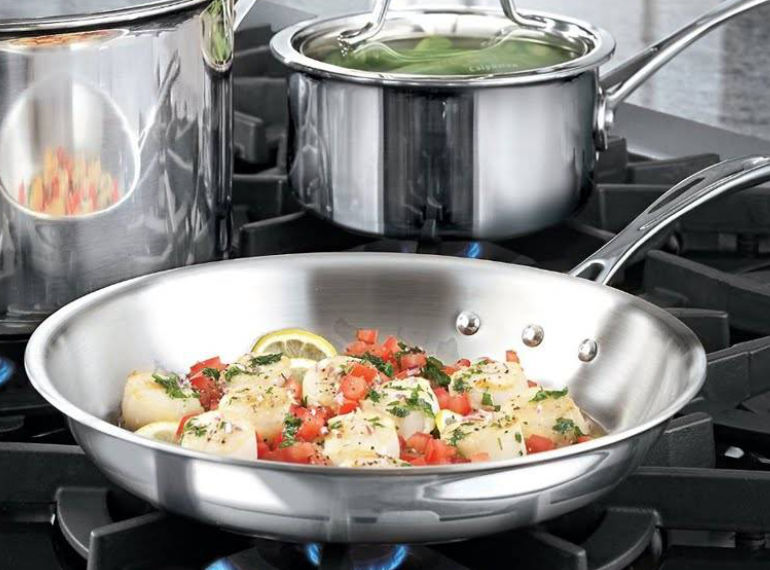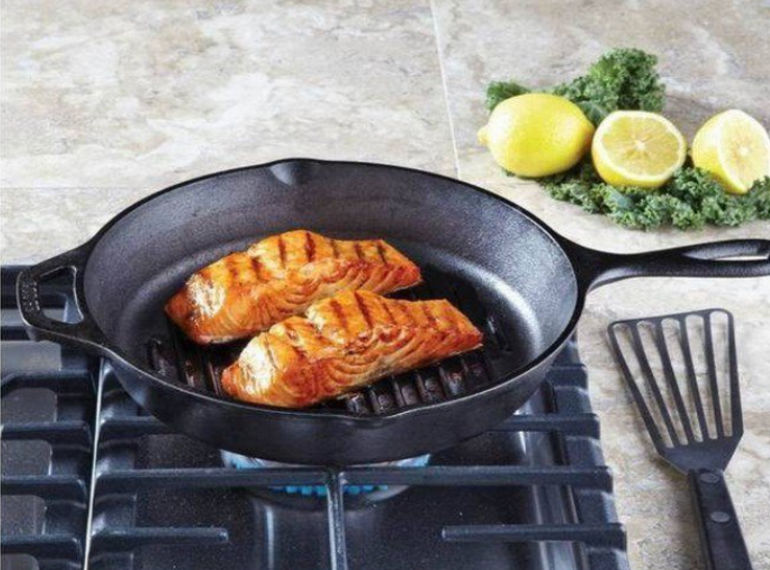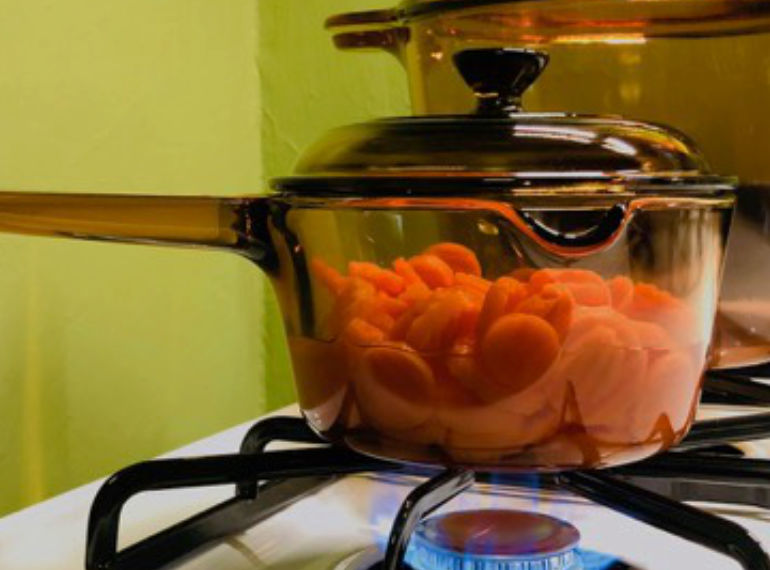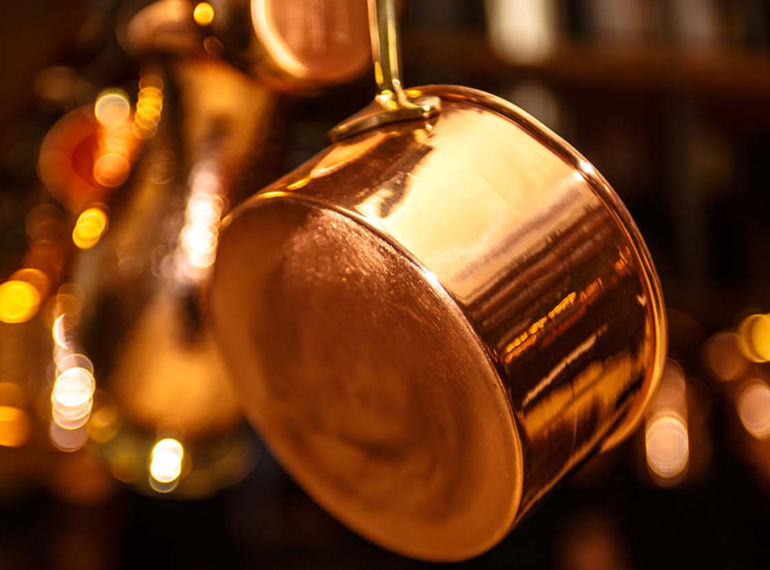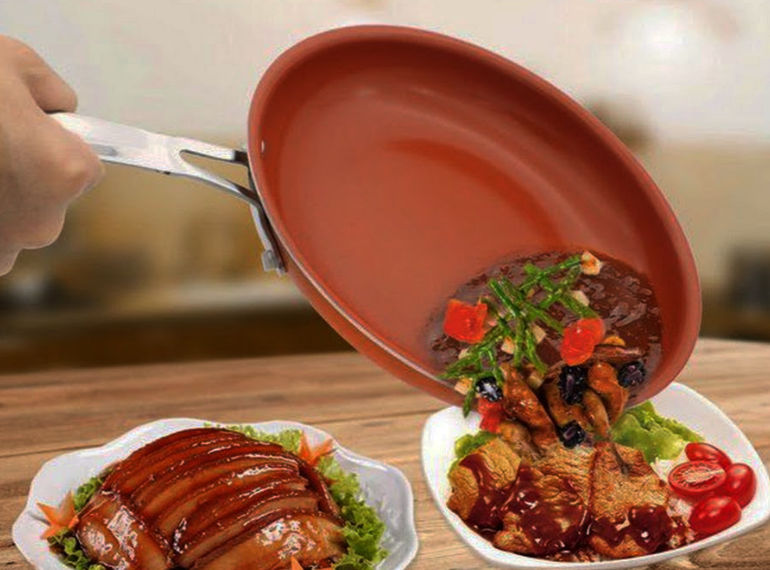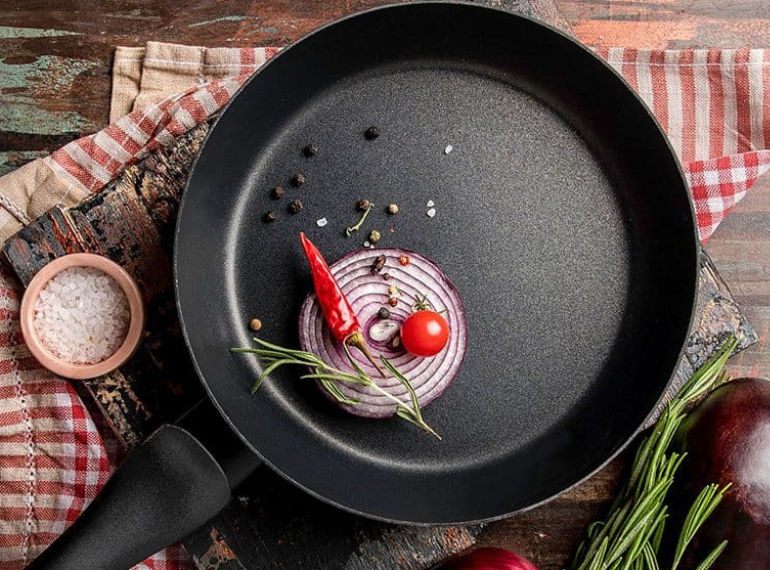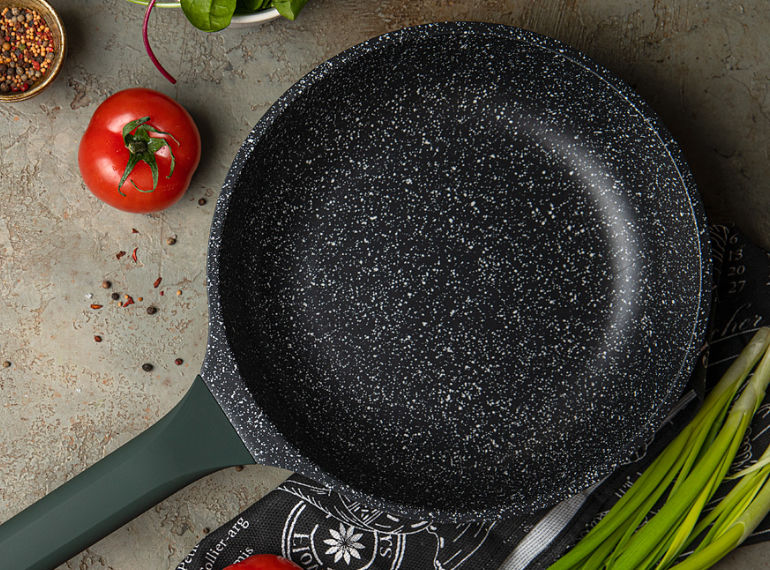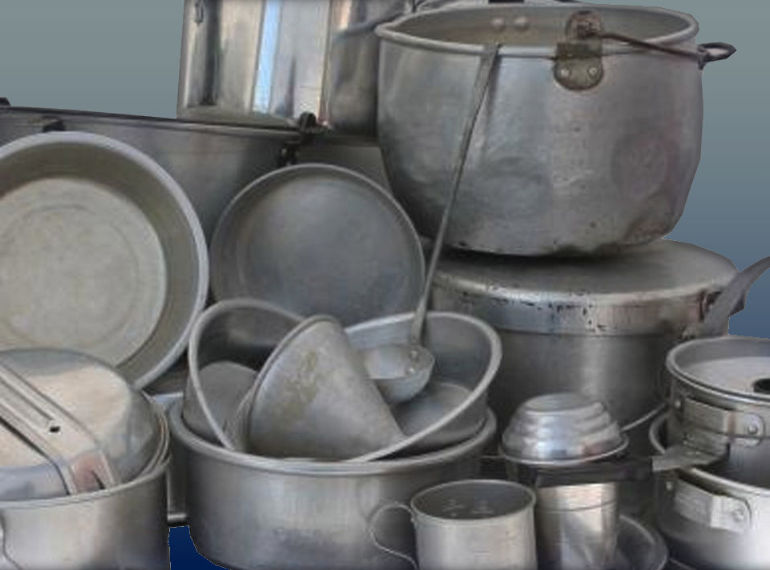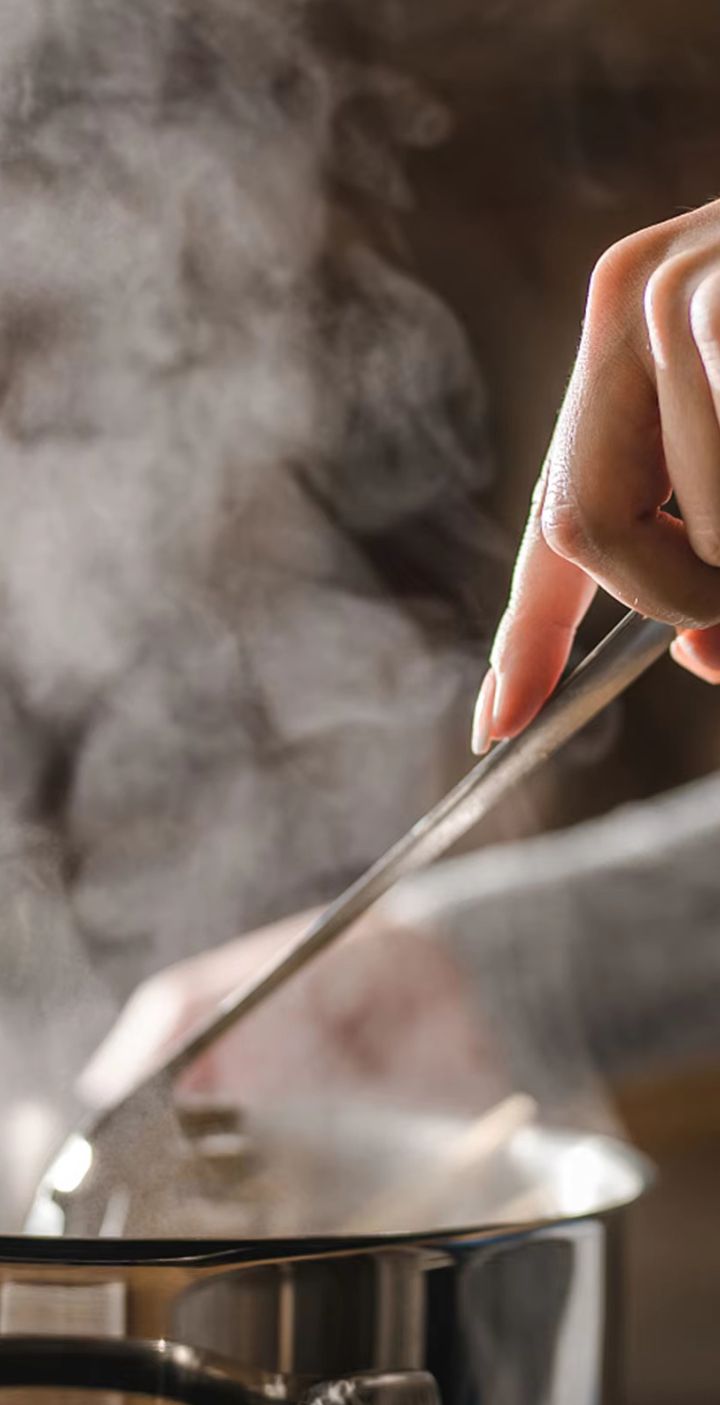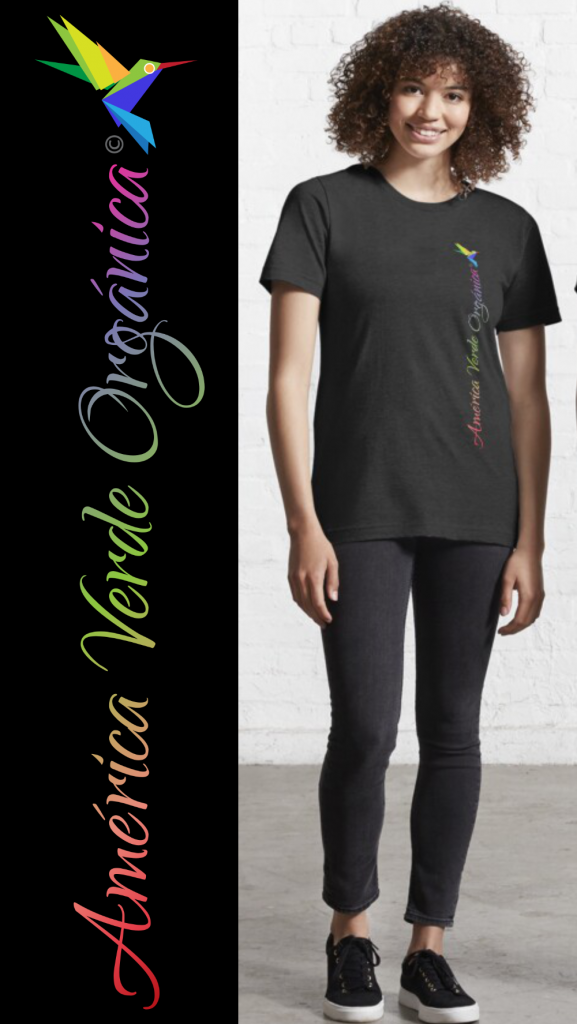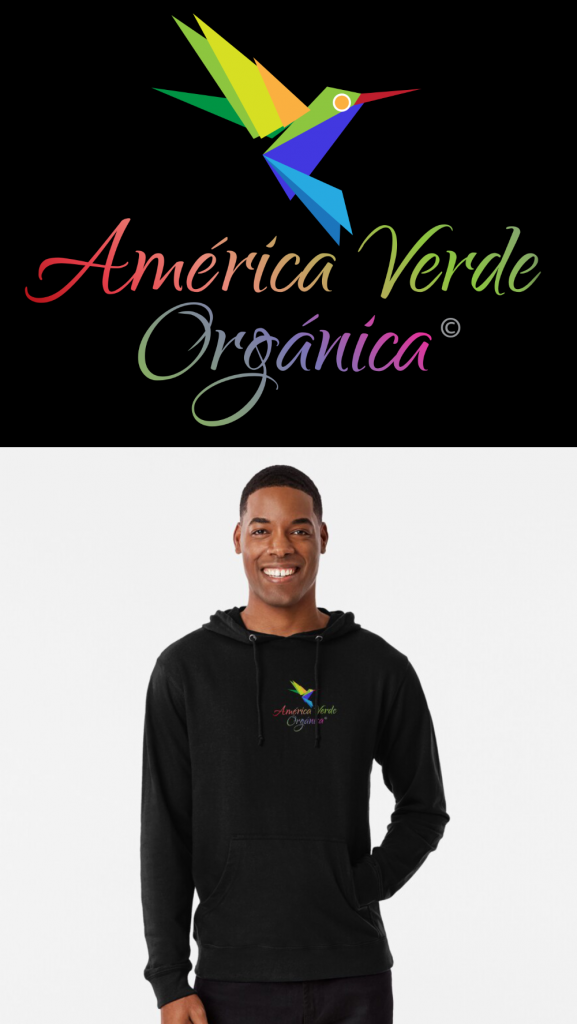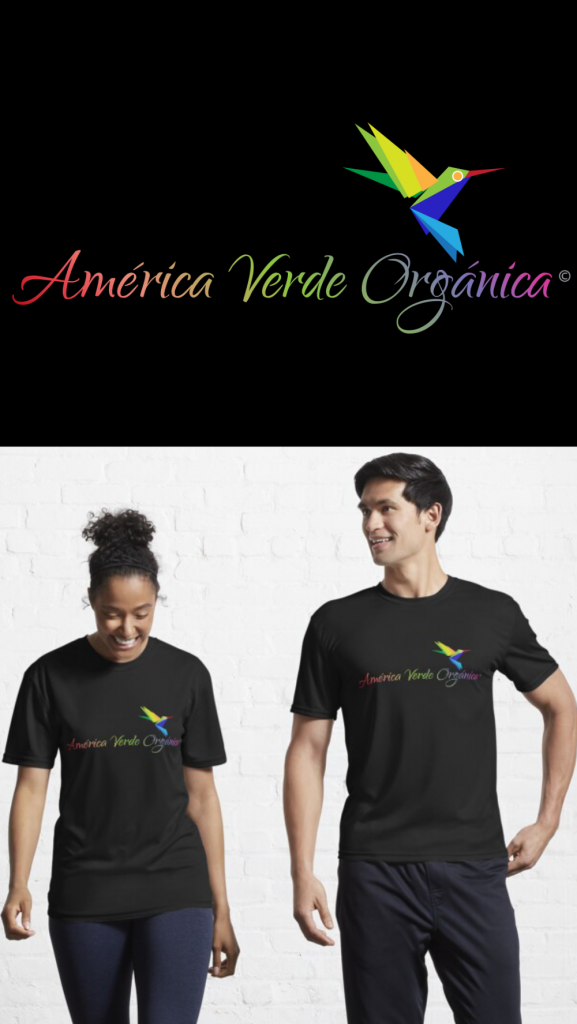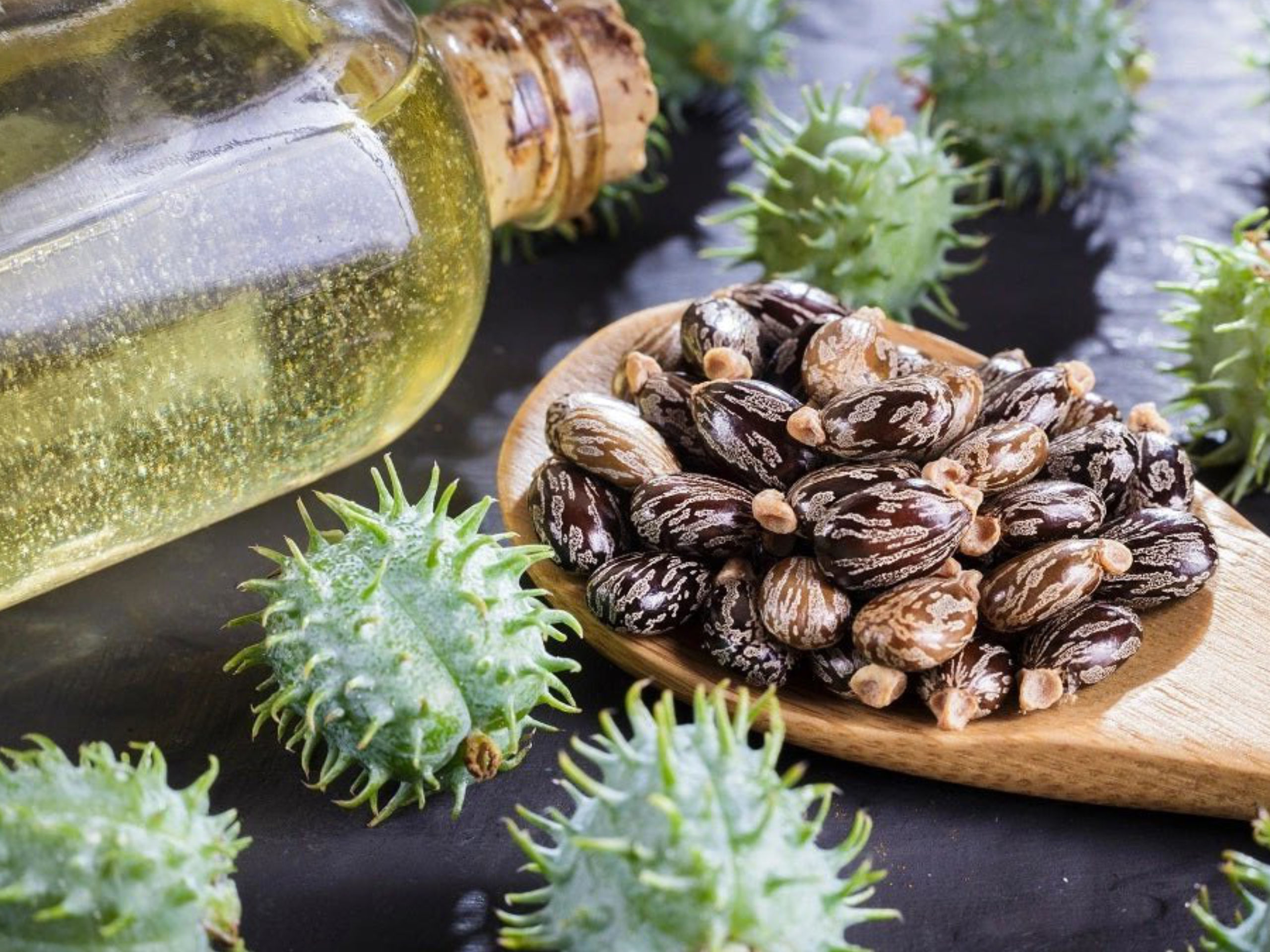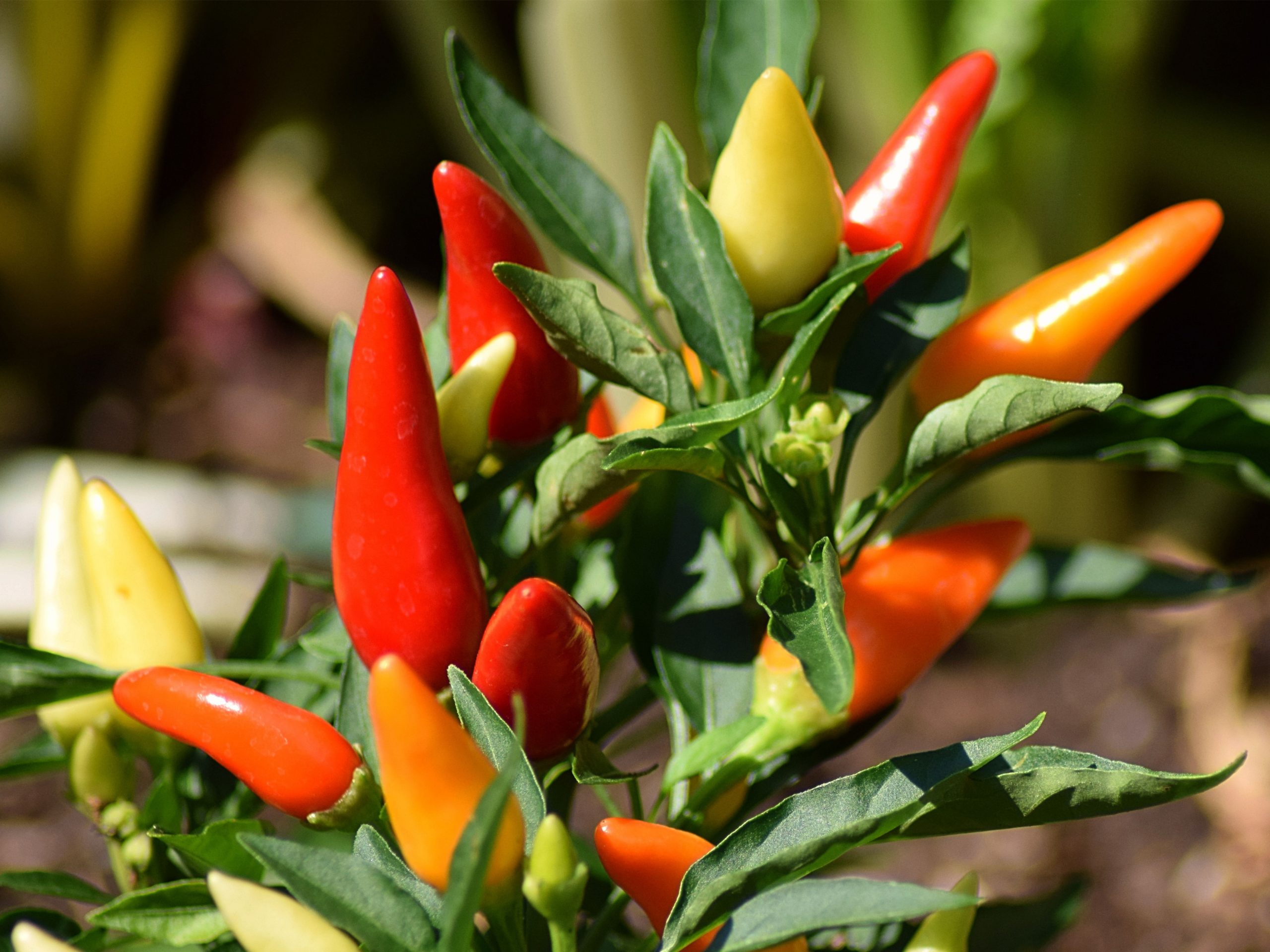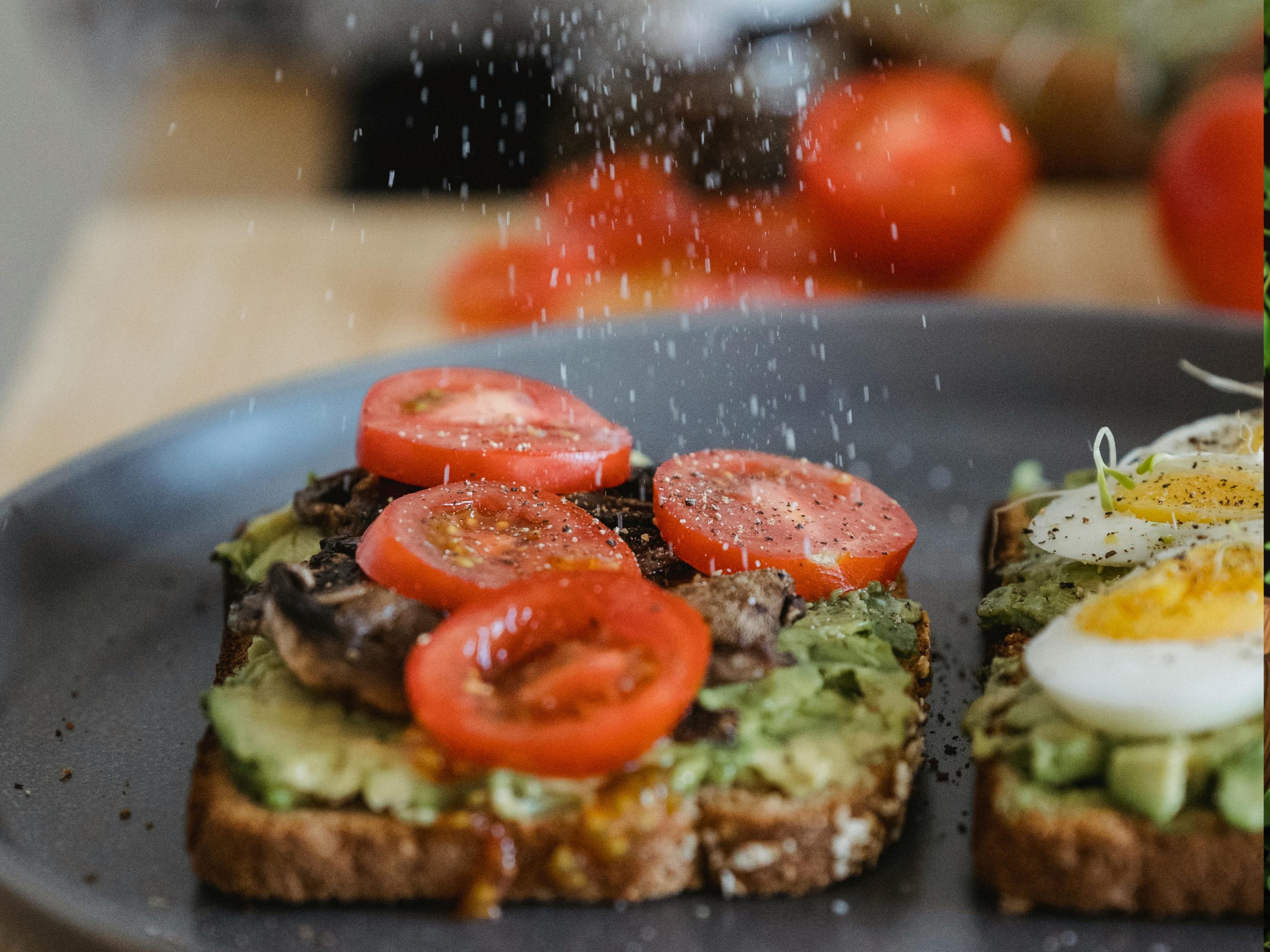The Ultimate Guide to Cooking Pans: Safety, Pros, and Cons
Why Picking the Best Cooking Pans for Your Health Matters!
Cooking pans are the unsung heroes of every kitchen, quietly shaping the success of meals from breakfast scrambles to gourmet dinners. The right pan can elevate flavors, ensure even cooking, and even safeguard your health, while the wrong one may lead to burnt dishes, wasted ingredients, or hidden risks. With countless options lining store shelves, choosing the best cookware often feels overwhelming. Understanding the strengths, weaknesses, and safety profiles of different materials is key to making informed decisions that suit your cooking style, budget, and well-being.
Every pan material interacts with heat, food, and your body in unique ways. Stainless steel offers sleek durability, while cast iron brings rustic charm and unmatched heat retention. Copper dazzles with precision, and non-stick coatings like Teflon promise effortless cleanup. Yet, these benefits come with trade-offs. For instance, a lightweight aluminum pan heats quickly but may warp or react with acidic sauces, while a scratch-resistant ceramic coating might chip after months of use. Even health risks lurk beneath the surface: some metals can leach into food, and overheated coatings may release toxic fumes.
Safe vs. Toxic Pans: How to Pick the Best for Your Health
This article breaks down the pros, cons, and health considerations of eight common pans: stainless steel, cast iron, glass, copper, ceramic-coated, Teflon-coated aluminum, granite/stone-coated, and aluminum. Whether you’re searing a steak, baking a casserole, or frying an egg, your choice of cookware impacts everything from taste and texture to nutritional value. By comparing heat conductivity, maintenance needs, durability, and safety, you’ll learn how to balance convenience with longevity and avoid potential hazards. Let’s dive into the sizzling world of pots and pans—where science, tradition, and practicality collide to transform raw ingredients into delicious meals.
Stainless Steel Cookware – Editor’s Choice
Stainless steel pans resist rust and last for years. They handle high heat but need oil to prevent sticking. These pans work on all stovetops and won’t react with acidic foods. Check out Buyer’s Guide Below!
Stainless steel pans resist rust and corrosion. They last for years without losing quality. These pans handle high heat without warping. They work on all stovetops, including induction. Stainless steel does not react with acidic foods like tomatoes or vinegar. They are easy to clean and dishwasher-safe.
Food sticks to stainless steel without enough oil or butter. They heat unevenly if the base lacks a copper or aluminum core. Stainless steel pans feel heavy compared to aluminum. They require polishing to maintain shine.
Stainless steel is non-toxic and safe for cooking. Some low-quality pans may leach trace metals like nickel or chromium, but risks are minimal. People with metal allergies should choose high-grade stainless steel.
Cast Iron Pans
Cast iron pans heat evenly and retain heat for slow cooking. They require seasoning to stay non-stick and add iron to food. Avoid cooking acidic dishes to protect their coating.
Cast iron pans distribute heat evenly and retain it for slow cooking. They work on stovetops, ovens, grills, or campfires. Seasoning the pan creates a natural non-stick surface. Cast iron adds small amounts of iron to food, which benefits those with deficiencies. These pans last generations with proper care.
Cast iron pans are extremely heavy. They require regular seasoning to prevent rust. Acidic foods like tomato sauce can strip seasoning and create a metallic taste. They take longer to heat up than other pans.
Iron leaching can help those with anemia but harm people with hemochromatosis (excess iron storage). Avoid cooking acidic dishes in unseasoned cast iron to prevent metal transfer.
Glass Cookware
Glass pans resist stains and won’t absorb odors. They bake evenly but break if dropped or exposed to sudden temperature changes. Use them for casseroles or desserts, not stovetops.
Glass pans do not react with acidic or alkaline foods. They resist stains and odors. Glass is non-porous, so it doesn’t absorb bacteria. These pans are ideal for baking casseroles, desserts, or reheating food. They are dishwasher-safe and easy to clean.
Glass breaks easily if dropped or exposed to sudden temperature changes. It heats unevenly and struggles with high-heat frying. Glass pans cannot be used on stovetops. They take longer to heat up than metal pans.
Glass is inert and releases no harmful chemicals. Broken glass poses a physical hazard, but the material itself is safe.
Copper Cookware
Copper pans heat fast and give precise temperature control. They tarnish easily and need polished linings to avoid metal leaching. Most copper pans cost more than other options.
Copper pans heat up faster and more evenly than most materials. They respond instantly to temperature changes, giving chefs precise control. Copper looks elegant and works on all stovetops.
Copper pans are expensive. They require frequent polishing to prevent tarnishing. Unlined copper reacts with acidic foods, creating a metallic taste. Most copper pans need a stainless steel or tin lining.
Unlined copper can leach into food, causing nausea and vomiting. Long-term exposure to excess copper may harm the liver. Always use lined copper pans for cooking.
Ceramic-coated Cookware
Ceramic-coated pans cook food without toxic chemicals. Their non-stick surface wears off over time and can’t handle high heat. Use wooden tools to avoid scratching the coating.
Ceramic-coated pans offer a non-stick surface without PTFE or PFOA chemicals. They resist scratches better than Teflon. These pans cook food with little oil and clean easily. Ceramic coatings come in colorful designs.
The coating chips or wears off over time, especially with metal utensils. They cannot withstand high heat above 450°F (232°C). Ceramic pans are less durable than stainless steel or cast iron.
Chipped ceramic coatings may expose the underlying metal, risking contamination. However, ceramic itself is non-toxic unless glazed with lead (rare in modern pans).
Teflon-coated Pans – not recommended
Teflon pans offer easy non-stick cooking but scratch easily. Overheating releases harmful fumes, so use low heat. Replace them once the coating peels.
Teflon-coated pans provide a slick, non-stick surface. They are lightweight and affordable. These pans cook delicate foods like eggs without sticking. They heat up quickly and evenly.
Teflon scratches easily, reducing its non-stick effect. The coating degrades at high temperatures (above 500°F/260°C). Metal utensils or abrasive cleaners damage the surface. Teflon pans need replacement every few years.
Overheating Teflon releases toxic fumes that harm birds and may cause “polymer fume fever” in humans. Older pans made with PFOA (now banned in many countries) posed cancer risks. Modern “PFOA-free” pans are safer but still require careful use.
Granite/Stone-coated Pans – risky
Granite/Stone-coated pans offer easy non-stick cooking but use PTFE or ceramic mixed with mineral particles (e.g., granite, marble) for texture.
Aesthetic, stone-like finish is scratch-resistant and durable but can have similar hazards as Teflon coating.
PTFE Content: Many contain hidden Teflon, posing the same risks as traditional non-stick.Overheating can release harmful fumes. Replace them once the coating chips or peels.
Misleading Claims: Marketed as “natural” or “chemical-free” despite synthetic coatings. Modern “PFOA-free” pans are safer but still require careful use and may release harmful fumes at extreme heat.
Aluminum Pots and Pans – high risk
Aluminum pans heat quickly and cost little. Untreated aluminum reacts with acidic foods and may warp. Anodized versions reduce health risks linked to aluminum exposure.
Aluminum pans are lightweight and affordable. They heat up quickly and spread heat evenly. Anodized aluminum resists scratches and corrosion. These pans work well for frying and sautéing.
Untreated aluminum reacts with acidic or salty foods, altering taste and discoloring the pan. It dents and warps easily at high heat. Non-anodized aluminum stains over time.
Excess aluminum intake is a health hazzard and is now link to Alzheimer’s disease. Anodized aluminum reduces leaching, making it safer. People with kidney disease should avoid excess aluminum exposure.
Stainless Steel Cookware Buyer’s Guide
Here’s a breakdown of the different grades of stainless steel used in cooking pans, their properties, and how they impact performance and safety:and even essential in trace amounts.
1. Grade 304 (18/8 or 18/10 Stainless Steel)
Composition:
- 18% chromium, 8-10% nickel, and 2% manganese.
- The most common food-grade stainless steel.
Pros:
- Excellent corrosion and rust resistance.
- Non-reactive with acidic foods (e.g., tomatoes, citrus).
- Durable and retains its shine.
- Used in high-quality cookware (e.g., All-Clad, Cuisinart).
Cons:
- More expensive than lower grades.
- Poor heat conductivity unless combined with an aluminum/copper core.
Health Notes:
- Generally safe, but trace nickel may leach into food.
- People with nickel allergies should opt for nickel-free alternatives.
2. Grade 316 (Surgical Stainless Steel)
Composition:
- 16-18% chromium, 10-14% nickel, 2-3% molybdenum.
- Rare in home cookware; often used in marine or medical equipment.
Pros:
- Superior resistance to chlorides (e.g., saltwater) and acids.
- Extremely durable and hypoallergenic.
Cons:
- Very expensive.
- Overkill for most home kitchens.
3. Grade 430 (18/0 Stainless Steel)
Composition:
- 18% chromium, 0% nickel.
- A magnetic, budget-friendly stainless steel.
Pros:
- Affordable and lightweight.
- Resists oxidation better than plain carbon steel.
Cons:
- Less corrosion-resistant (prone to rust if scratched).
- Reacts weakly with acidic foods over time.
- Often used as an outer layer in multi-ply pans (not the cooking surface).
4. Grade 201 (Less Common)
Composition:
- 16-18% chromium, 3.5-5.5% nickel, 5.5-7.5% manganese.
- A cheaper alternative to 304.
Pros:
- Lower cost.
Cons:
- Less durable and more prone to corrosion.
- Manganese content raises concerns about leaching (though risks are minimal).
5. “18/10” vs. “18/8” Stainless Steel
18/10:
- Contains 10% nickel (higher shine, better corrosion resistance).
- Used in premium cookware and flatware.
18/8:
- Contains 8% nickel (slightly less lustrous but still durable).
- Common in mid-range cookware.
Key Considerations
- Layered Construction: Most high-end pans use 304 or 316 stainless steel as the outer layer, with an aluminum/copper core for even heating.
- Nickel Sensitivity: Grades 430 or nickel-free alternatives (e.g., ceramic-coated stainless steel) are better for those with allergies.
- Magnetism: Grades like 430 are magnetic (works with induction stoves), while 304/316 are not unless bonded with a magnetic layer.
- Price vs. Performance:
• Budget: 430 or 201 (with caution).
• Mid-range: 18/8 stainless steel.
• High-end: 18/10 or tri-ply 304 with aluminum core.
Health and Safety
- Nickel Leaching: Minimal in 304/316 grades unless cooking acidic foods for hours.
- Chromium Safety: Chromium in stainless steel is non-toxic and even essential in trace amounts.
- Avoid Scratches: Damaged surfaces increase leaching risk—repair or replace heavily scratched pans.
Choose based on your cooking style, budget, and health needs. For most home cooks, 304 stainless steel with a conductive core offers the best balance of safety and performance.
Help Us Make a Difference: Support Our Efforts with Your Gift!
This site is funded by individual donations. If you like what you see and feel that it is worthy of your support, CLICK the button below and see how you can participate. We want to thank you in advance for sharing the site with others and any funding that you may help with.
And we have teeshirts for sale as well
Help Fund This Site
Our website is exclusively funded by generous donations through GiveSendGo and cryptocurrency contributions. By utilizing GiveSendGo and accepting crypto, we ensure secure and transparent funding for our operations. Your support through these platforms helps us maintain and grow our online presence. Thank you for your invaluable support and generosity!
Bitcoin ![]()

bc1qq6tp9v3xa4p478xgmxu96wycdnfls7demy5zw9
Ethereum
![]()

0xD72315E9Adcc5d487157Ca49819eE67bd4369219
Tether![]()

0xD72315E9Adcc5d487157Ca49819eE67bd4369219
Recent Articles
Rediscovering the Wonders of Castor Oil
Castor Oil: A Look at its uses in Health and MedicinesWhat is Castor Oil? Castor oil is a pale yellow vegetable oil extracted from the seeds of the Ricinus communis plant, commonly known as the castor bean. Though native to Africa and India, this hardy plant now grows...
Amazing Peppers
GREAT TASTE & INCREDIBLE HEALTH BENEFITS You can spice up your healthy diet and make it more flavorfuland enjoyable by adding these healthy veggies!One of common reasons that people can’t seem to commit to a healthy diet is their misguided idea that a healthy dish...
Salt … Life’s Precious Mineral!
The Importance of Salt in Our Diet Salt is an essential nutrient that plays a vital role in maintaining the body's fluid balance, nerve function, and muscle contractions. Without sufficient salt intake, our bodies would struggle to perform these critical functions,...

